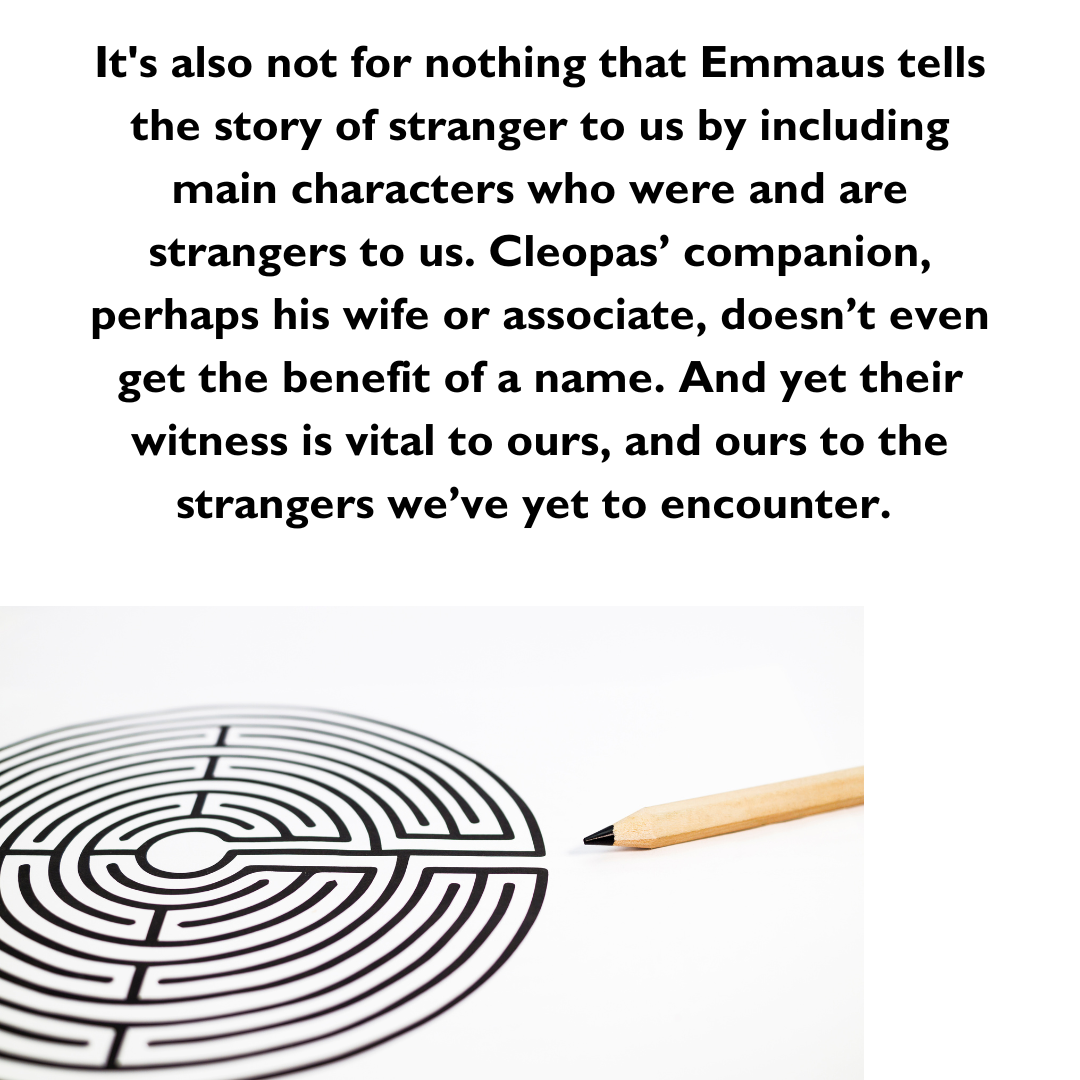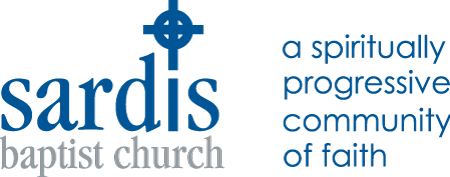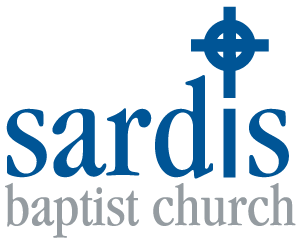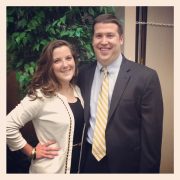Piecing it All Together

Piecing it All Together
Bob Stillerman
Third Sunday of Easter, 4/23/2023
Luke 24:13-35
Piecing it All Together Luke 24.13-35 4-23-2023
Last Sunday afternoon, a dozen of us joined Greg Jarrell at the intersection of Trade and Tryon Streets to begin a walking tour of Uptown Charlotte.
I have a confession. I’ve crossed that intersection on foot or by automobile hundreds of times in my years in Charlotte. And I have gazed upon the four curious statues that adorn its corners. At some point, I even did a Wikipedia Search to learn their background stories, though I would struggle to repeat the details with any accuracy. Maybe, just maybe, if I was in an intense game of pub trivia, and a $25 gift certificate was on the line, I could conjure up their four themes. Maybe.
I think it’s fair to say, at least before last Sunday, on most days, I would pass those four statues, and I would think, “Who are those dudes, again?”
Well, each of those “dudes” has a backstory. Most of them aren’t even dudes at all. There’s a woman, Future, holding her baby. There’s another woman, Industry, a millworker, and she’s joined by a child. There’s a man, Transportation, he’s a railroad worker of African descent, most likely enslaved or indentured. And Charlotte is a banking town, so yes, there’s an Old white dude, a banker (Alan Greenspan to be precise!), whose bust sits beneath another man, Commerce, who is a goldminer, and he is pouring gold coins into this bald banker’s head or piggy bank. You decide. There are dates, and numbers, and symbols, and flowers, and other details attached to these columns. The stone faces we pass each week, high atop their perches, have stories. But their stories are easy to miss.
Here’s something kind of cool. Greg asked each of us in the group to look at the statues. Really look. So…we travelled across all four cross walks and viewed each statue from a diagonal corner. And then Greg asked us to tell him what we saw. And without the aid of mobile phones, we named the features of the statues, and we spoke aloud the things we knew about the forming and shaping of this region, and we pieced together a much more intricate and intimate story of Charlotte, one more compelling than “four old dudes on a corner!”
Amid community, in the stillness of intentionality, and in the hope of finding something new and true, our little group could see something very visible and obvious that hadn’t been very visible and obvious to us just moments before.
In today’s text, Cleopas, a rather obscure disciple (he’s only mentioned in this text) and an additional unnamed disciple, neither of whom are part of the original twelve, encounter a dude, or a stranger, and even though this stranger has SO much depth, they don’t initially see him for who he is.
The two disciples are grieving. They recount the events of Good Friday to this stranger, and they remember all the ways Jesus of Nazareth impacted their lives. And then, the two disciples and the stranger begin a discussion of faith and history. The stranger, it seems, has a command of the law and the prophets, and a very poignant way of interpreting the arc of those scriptures to glean meaning in the present. And even though this seven-mile walk is long (nearly a mile longer than those 10K races folks run for various charities), it feels quick. The two disciples devour a world of knowledge in what feels like ten minutes. When they arrive at their destination, they don’t want the conversation to end.
They invite the stranger to join them for dinner. And just like last Thursday, a community bakes, and takes, and breaks, and blesses bread together. In a moment of hospitality, the disciples see clearly, their eyes are opened, and the stranger is revealed as Jesus. And even though his presence is fleeting, the disciples feel a strange, but unmistakable warming of their hearts. Jesus is present. And they remember everything: what has happened, what is happening, and what will happen.
I would argue that this morning’s text isn’t really a story about a specific event, be it a walk among friends, or a Sunday morning resurrection, or even a week full of National Enquirer-worthy headlines. Don’t get me wrong – I do think we should carve out necessary space to dissect the meaning of the cross, and the resurrection, and the flurry of Holy Week activities in our own lives. (I want to thank Joe Wall for a provocative question to me about bodily resurrection, one that got wheels turning in my head. Joe, I look forward to summarizing those thoughts over coffee very soon!).
I think today’s text is more about resurrecting our awareness of God’s presence in our own lives. Something happens when we tell the story.
We consider our expansive faith story – the law and the prophets, not to mention an additional two millennia of experiential wisdom not yet added to our official canon. I’d argue that Harriett Tubman and Sojourner Truth clarify, enhance, and expand upon the stories of Exodus and divine liberation. I’d argue that I’ve come to know Jesus in the writings of Dorothy Day, Howard Thurman, Jon Bunyan, and Julian of Norwich just as much, if not more, than in my readings of canonized Gospels.
We consider our personal stories – the people, events, and places that have intersected with our own lives. What’s happened in our household? What’s happened in our village? What’s happened at work and play? What’s the chatter around town? What are the things happening in our lives that make us feel life, or live authentic human experiences?
We consider Jesus. We each experience him in our own way, not to mention express his spirit and meaning in our own way. A straw poll of our congregation might reveal Jesus as friend, healer, servant, partner, teacher, savior, prophet, activist, partier, mystic, the list goes on. And there are stories that resonate with our own experiences – tables, conversations, sermons, healings, birth narratives; emotions ranging from grief to love to anger to patience.
Put it all together. We consider the story of God. We consider the story of ourselves. We consider the life of Jesus. And then we partake in rituals or activities that are most indicative of the God we know, and the true self we know, and the presence of Jesus we remember. For these disciples, the taking, breaking, blessing, and sharing of a bread – their common meal – manifested God’s presence in their lives. When Jesus of Nazareth was alive, they felt the unmistakable presence of God in their midst. The telling of the story, in community, with intentionality, and partaking in the very actions that shaped their understanding of Jesus, resurrected for them, the truth of God’s presence in their lives.
Dorothy Day was fond of saying that in the breaking of bread, we know God, and know one another, and we are not alone. She also reminds us that life is bread, with a crust, even!
I think, for the disciples, being at table was a reminder of their belonging. They shared with Jesus the need of daily bread. But they also discovered that they were spiritual and communal bread for one another.
We share Communion in this place – an act that mimics the power of that first Thursday meal, not to mention the meal we read about in today’s text. We do so in the hopes of resurrecting an inkling of that original spirit and presence.
I wonder if the act of table might inspire us to acts of hospitality beyond the walls and immediate company of this place? I wonder, if in the sharing of our lives with strangers, we might come to know God and ourselves a little better.
I think back to last Sunday. We had communion without a meal. And we had an Emmaus Road without a seven-mile walk. Greg introduced us to the names of a dozen or so people who helped shape the history of our city. And I am embarrassed – I didn’t write down their names, and I can’t tell you any of them without looking back at notes. They are strangers to me, even though they have SO much depth, and even though they have SO much connection to my life.
But together, a dozen of us made space to hear their stories at a virtual table. We heard about people who hoped, and loved, and grieved, and endured, and laughed, and raised families, and labored, and lived just like us. We were reminded that their lives weren’t simply matter – they were lives that matter to us, right here, and right now. And the Spirit of the Jesus I know – the one who makes strangers neighbors – was there.
It’s also not for nothing that Emmaus tells the story of stranger to us by including main characters who were and are strangers to us. Cleopas’ companion, perhaps his wife or associate, doesn’t even get the benefit of a name. And yet their witness is vital to ours, and ours to the strangers we’ve yet to encounter.
Perhaps one untold story of Easter is God’s ability to resurrect familiarity in spaces of strange unfamiliarity and strange ordinariness. Jesus walks the Emmaus Road, not to mention abandoned graveyards and burned-out parking lots in Uptown, and the footnotes of history we don’t take time to notice.
Good friends, may we keep telling the story of God, the story of ourselves, and the story Jesus every day. And may we encounter strangers who resurrect a familiarity for us with God, ourselves, and Jesus. And may our newfound familiarity give us the boldness to try even stranger things, in even stranger places, with and around even stranger people. Amen!
Recent Sermons
Easter Sunday 2025
April 20, 2025
Palm Sunday 2025
April 13, 2025
Our Choices
April 06, 2025


